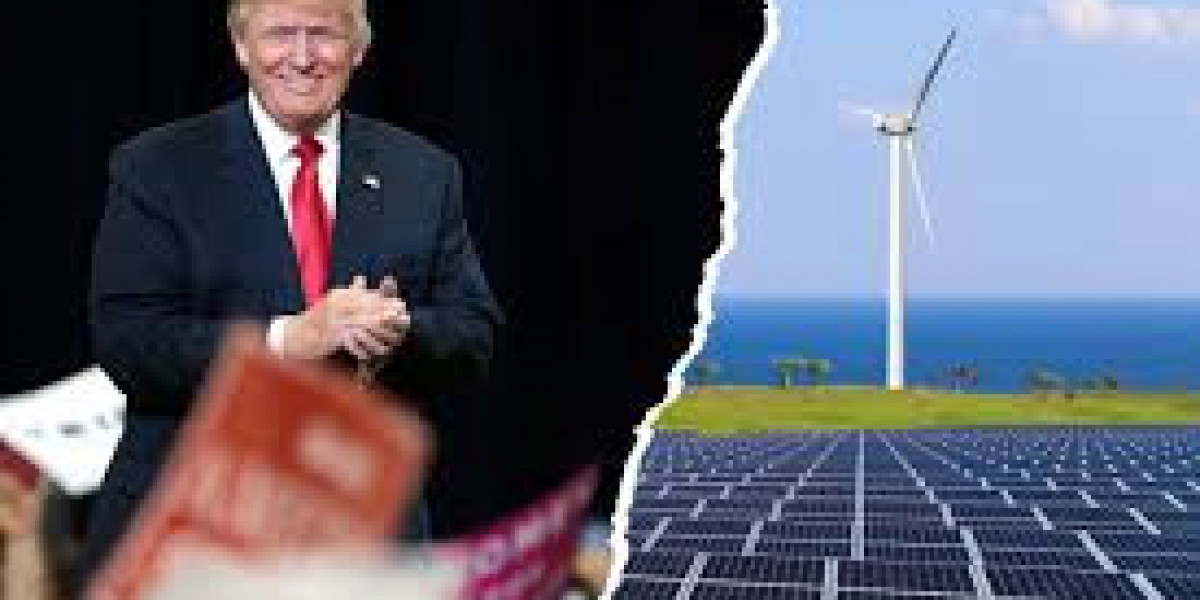The election of Donald Trump as President of the United States brought with it a wave of apprehension, particularly among environmentalists and advocates of progressive policies. His appointments to key agencies like the Environmental Protection Agency (EPA) and the Departments of Agriculture, Interior, and Energy signaled a potential rollback of environmental protections and a disregard for climate science. These developments cast dark clouds over the future of environmental policy in the U.S., raising fears of long-term ecological damage. However, amidst these concerns, there are areas where Trump's policies might inadvertently offer opportunities for progress.
1. Infrastructure Investment as a Catalyst for Environmental Improvement
One of Trump's flagship proposals was a massive infrastructure investment plan, aiming to inject $1 trillion into rebuilding America's infrastructure through tax incentives and public-private partnerships. While the primary focus was on economic development, this initiative could be leveraged to address critical environmental infrastructure needs.
For instance, the EPA has identified a need for at least $384 billion to upgrade drinking water systems across the country, a necessity underscored by crises like Flint, Michigan. Similarly, the National Park Service faces an $11.39 billion maintenance backlog, and the National Committee on Levee Safety has recommended significant investments to enhance flood risk mitigation. By aligning environmental infrastructure projects with economic growth objectives, there's potential to secure funding and political support for these essential upgrades.
2. Economic Framing of Environmental Initiatives
To gain traction in a Trump-led administration, environmental projects need to be framed in terms of economic benefits. Investments in water and sewage treatment infrastructure can prevent costly health crises, while robust flood management systems can avert economic losses from natural disasters. For example, the Army Corps of Engineers estimates a return of $6.48 in avoided losses for every dollar invested in flood infrastructure. By emphasizing the economic advantages, environmental initiatives can find common ground with the administration's priorities.
3. Shifting Dynamics in Global Climate Leadership
Trump's skepticism towards climate change and the Paris Agreement has created a leadership vacuum on the global stage. However, this has galvanized other nations to step up their commitments. Countries like China and India have reaffirmed their dedication to climate goals, viewing the U.S. withdrawal as an opportunity to lead in renewable energy and sustainable development. This shift could foster innovation and collaboration among nations committed to combating climate change
4. Market Forces Driving Renewable Energy Growth
Despite federal policy shifts, market dynamics continue to favor renewable energy. The cost of solar and wind energy has decreased significantly, making them competitive with fossil fuels. Investors and corporations are increasingly prioritizing sustainability, leading to continued growth in the clean energy sector. This trend suggests that economic incentives, rather than federal mandates, may drive the transition to a greener economy.
5. Resilience of State and Local Environmental Policies
In the face of federal rollbacks, many states and municipalities have reaffirmed their commitment to environmental protection. Initiatives like the U.S. Climate Alliance, comprising governors from multiple states, aim to uphold the objectives of the Paris Agreement. Local governments are implementing policies to reduce emissions, promote renewable energy, and enhance sustainability, demonstrating the power of decentralized action.
6. Public Engagement and Activism
Trump's presidency has sparked a surge in public engagement on environmental issues. Protests, advocacy campaigns, and increased participation in environmental organizations reflect a growing awareness and commitment among citizens. This heightened activism can influence policy decisions and hold leaders accountable, ensuring that environmental concerns remain at the forefront of public discourse.
7. Potential for Policy Innovation
The challenges posed by the Trump administration's approach to environmental policy may spur innovation in both policy and technology. Faced with federal inaction, states, cities, and private entities might develop novel solutions to environmental problems, from advanced clean energy technologies to innovative regulatory frameworks. This decentralized innovation could lead to more effective and adaptable environmental strategies.
While the Trump administration's stance on environmental issues has raised valid concerns, it's essential to recognize the potential avenues for progress that exist within this context. By strategically framing environmental initiatives, leveraging market forces, and fostering grassroots activism, it's possible to advance environmental goals even amidst political headwinds. These silver linings underscore the resilience and adaptability of environmental advocacy in the face of adversity.









